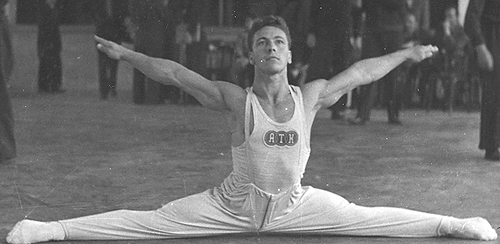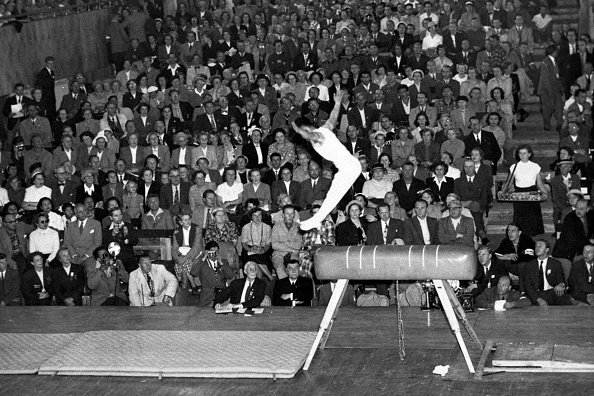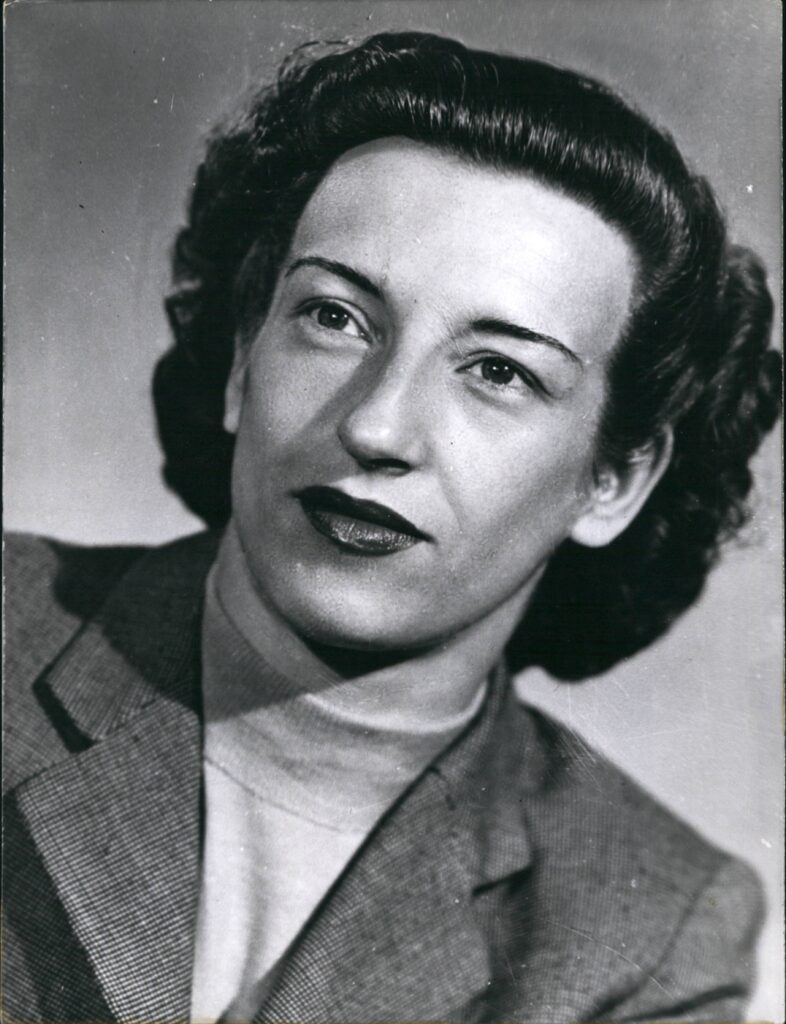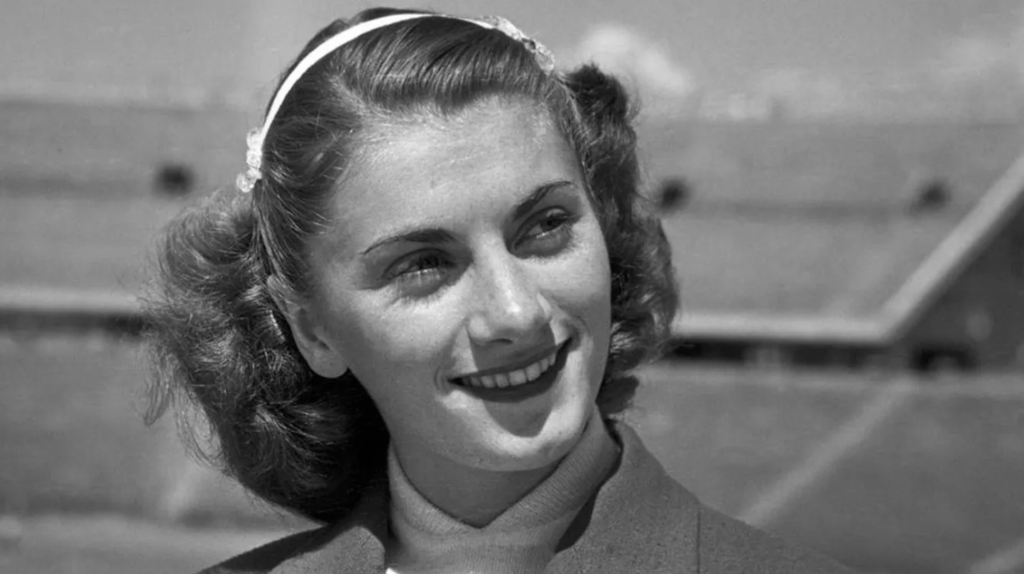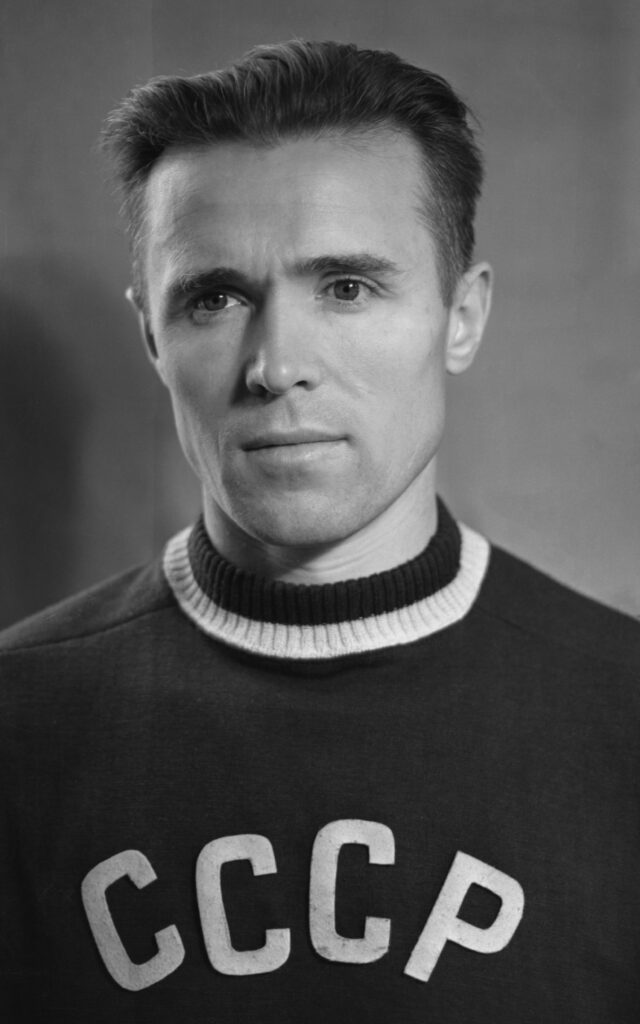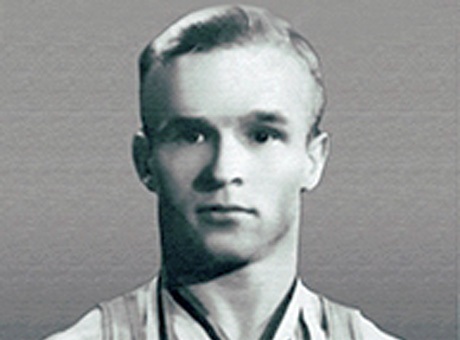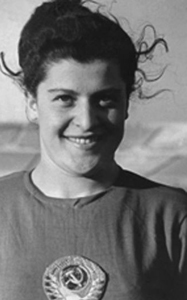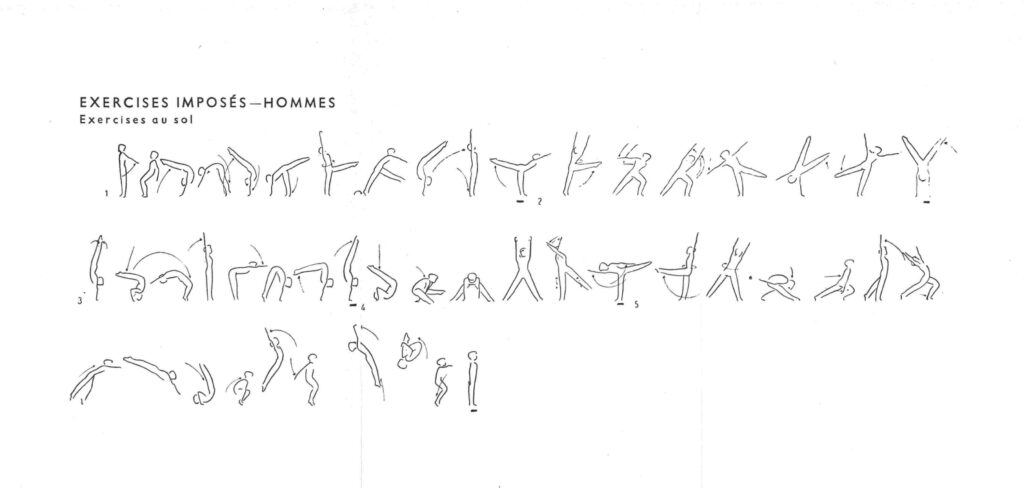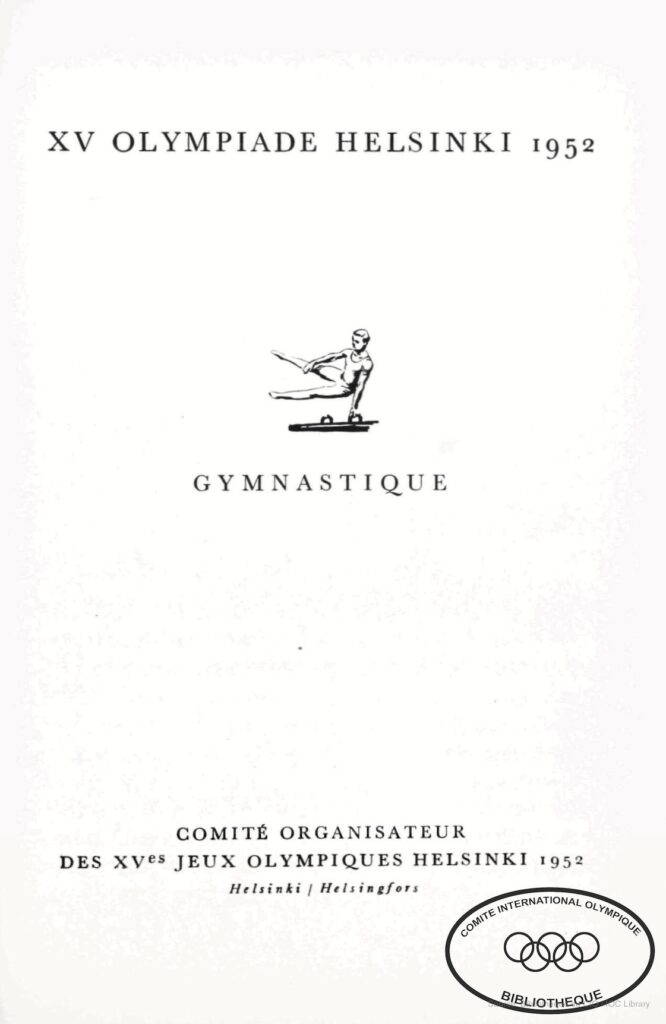By May of 1952, when Czechoslovakia held its national championships, the writing was on the wall: Czechoslovakia’s once-dominant women’s gymnastics team was no longer the force it had been four years prior. At the Helsinki Olympics, the defending Olympic champions wouldn’t be the ones to beat. At best, they would be the third-best team. (During Hungary’s Liberation Day competition in April, the Czechoslovak women took second to the Hungarian women, whom the Soviet Union had defeated during a dual meet.)
The Czechoslovak men’s team still had its stalwarts in 1952. The country’s two Olympic medalists from London 1948 were still in the mix. Zdeněk Růžička, a bronze medalist on rings and floor in London, took home the rings title at the 1952 national championships in Humpolec. Meanwhile, Leo Sotorník, who had tied for bronze on vault in 1948, soared to gold on his signature event in the lead-up to Helsinki.
Below, you can find the results of the 1952 national championships. Unfortunately, the newspapers of the time did not add much commentary about the competition.
